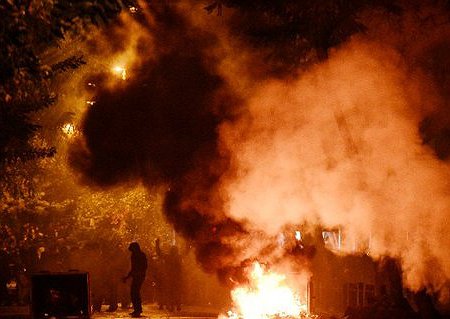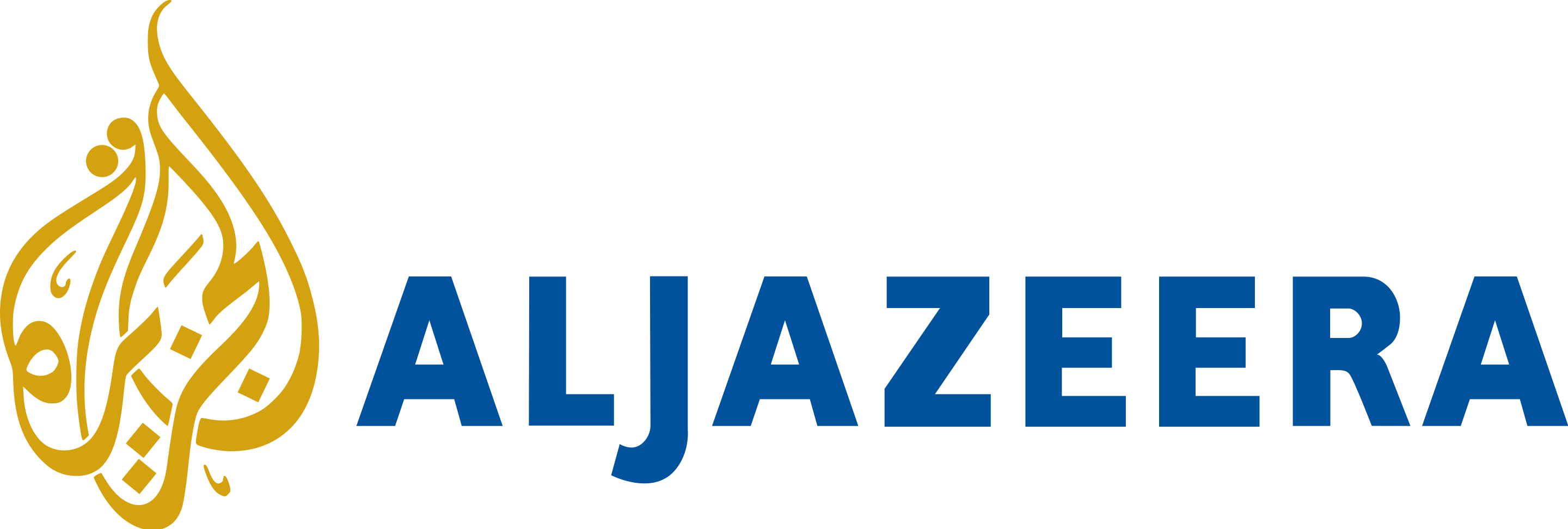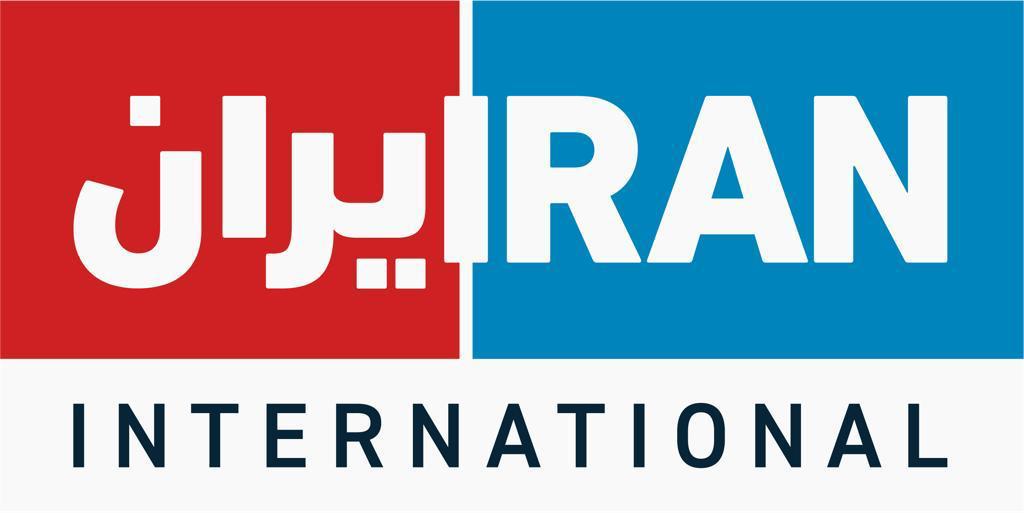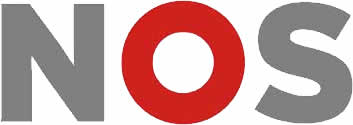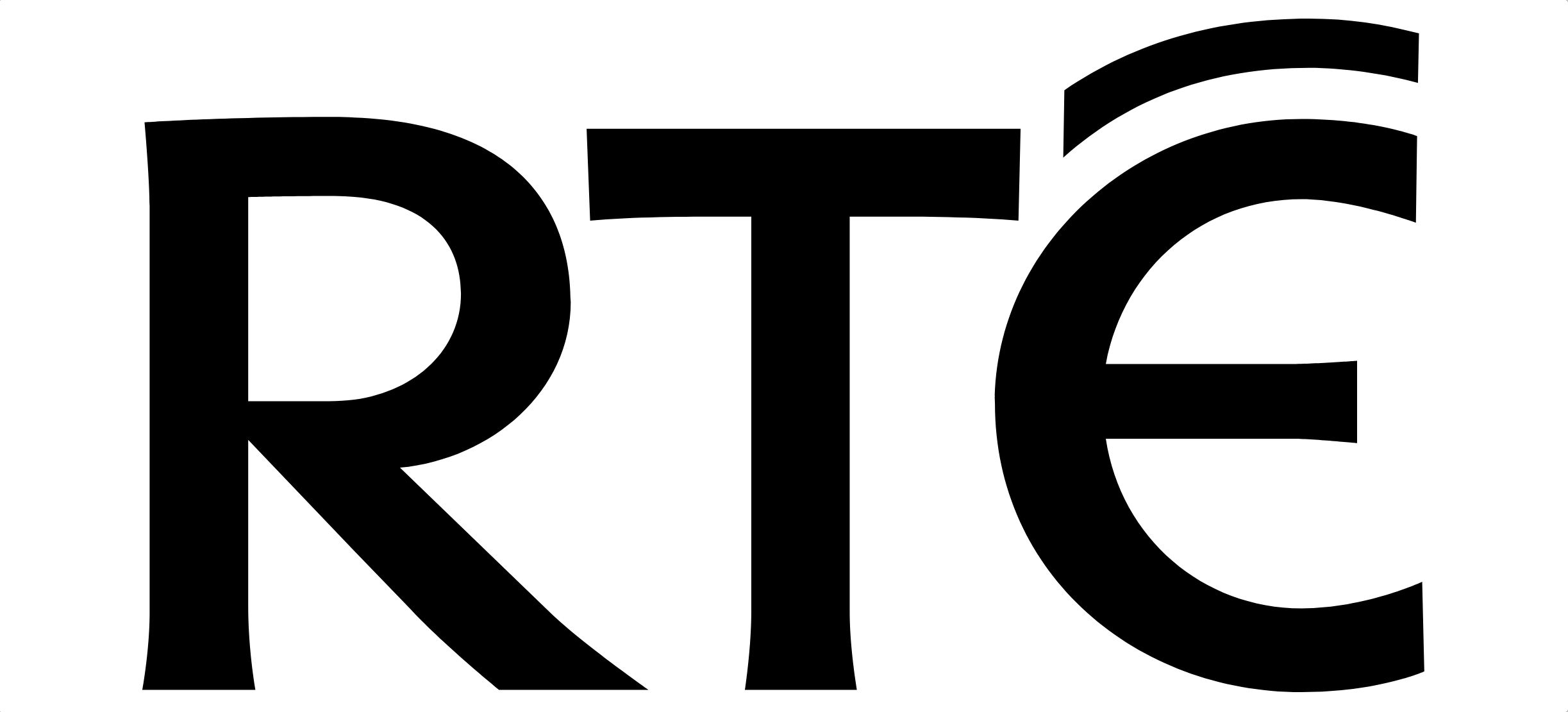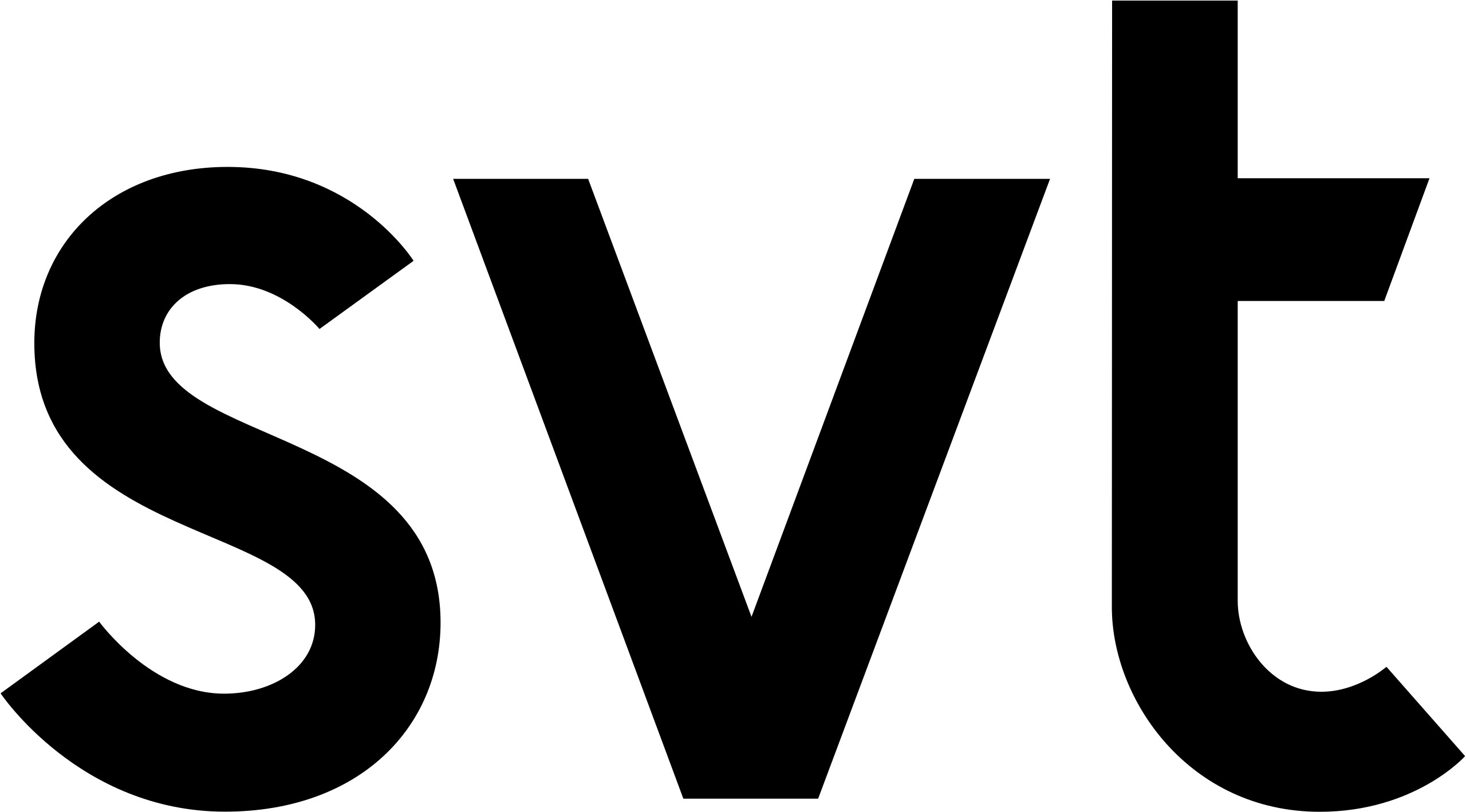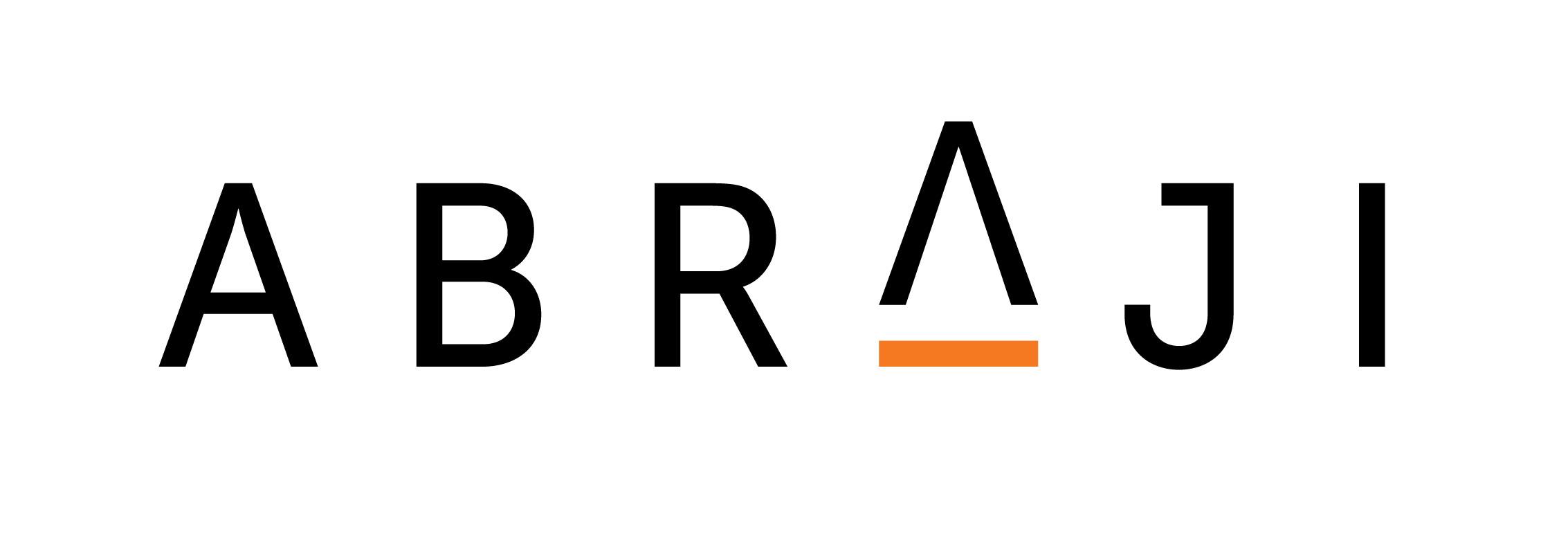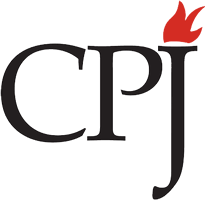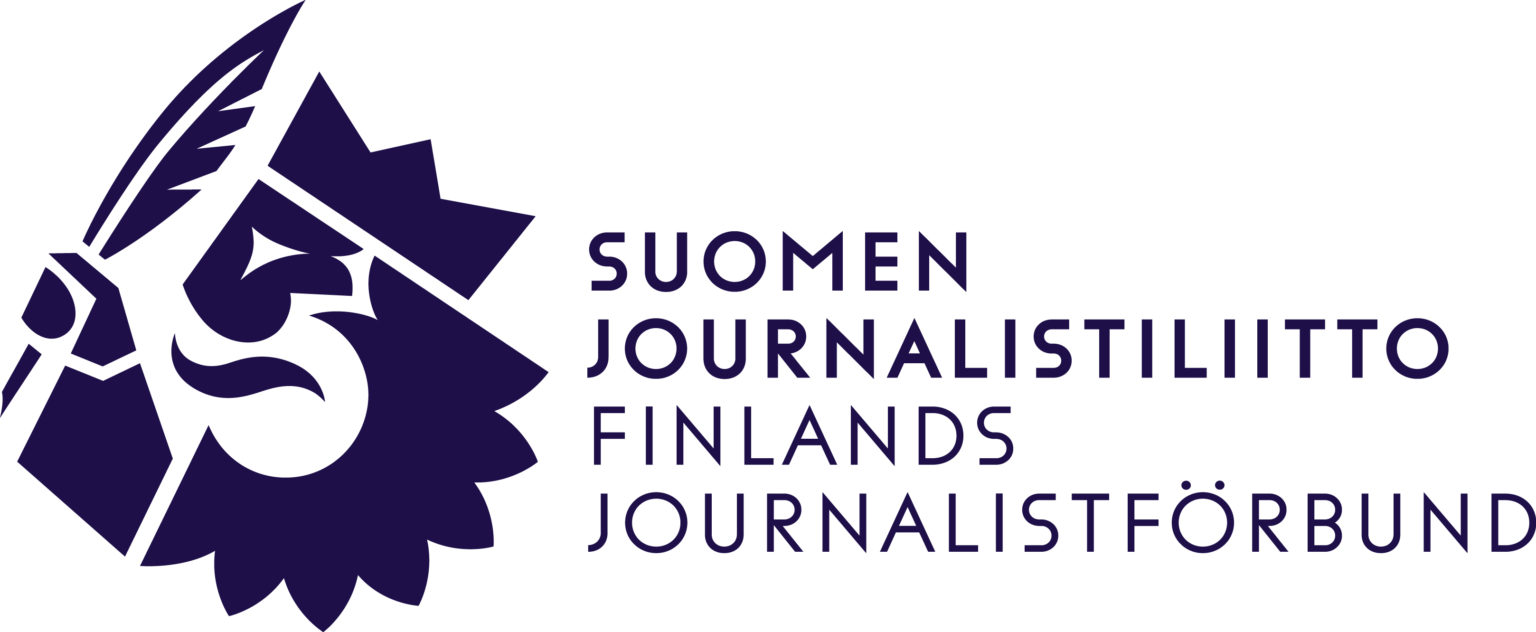This INSI advisory covers reporting safely on environmental hazards from wildfires and volcanic eruptions to building fires and chemical spills.
Forest fires
Forest fire smoke is a mix of gases and fine particles from burning vegetation, building materials and other materials. Pay attention to local air quality reports and visibility guides if they are available.
Do not rely on paper dust masks for protection. They trap large particles such as sawdust but will not protect your lungs from smoke. An N95 gas mask, properly worn, will offer a great deal more protection.
Another risk of forest fires is spot fires. A spot fire is a new fire occurring downwind of a head fire, usually started by a piece of burning bark or embers. Spot fires can cause you to be trapped by blocking planned evacuation routes.
Ensure your vehicle is close by with the ignition off and lights on so you can make a quick getaway if necessary.
Volcanos
"Vog" (volcanic smog) is the visible haze that forms when irritating sulphur dioxide and other volcanic gases combine and interact chemically with oxygen, moisture, dust and sunlight.
Winds commonly disperse the volcano's gases so that the concentration is not generally hazardous. However, sulphur dioxide fumes can be concentrated near ground cracks along and downwind from lava tubes. Concentrated sulphur dioxide fumes put everyone at risk, particularly those with breathing problems.
Most injuries are not directly due to the eruption. Intense sunlight and high temperatures can lead to dehydration, heat exhaustion or sunstroke. Air temperatures near lava flows can exceed 49°C, depending on cloud cover and wind conditions. At higher elevations, wind and rain can lead to hypothermia. Injuries from falling are common. It is easy to break through a thin, overhanging crust of lava or trip on a crack and fall on the abrasive, glassy surface.
Stay out of designated restricted zones. Avoid low-lying areas, areas downwind of the volcano and river valleys downstream of the volcano.
Debris and ash will be carried by wind and gravity. Wear a dust mask designed to protect against lung irritation from small particles.
Protect your eyes with goggles. Wear glasses, not contact lenses.
Keep as much of your skin covered as possible, and wear sturdy boots and gloves when working near the flows.
Take sunscreen and a hat and drink more water than you think you need.
Always carry a torch and a first aid kit with a space blanket and emergency rations and water.
Building fires
Building fires present a number of risks including building collapse, falling debris and toxic smoke. The smoke from large building fires can be especially harmful if the building is older as it may have been built using asbestos.
A command post will usually be set up by emergency services and they should be spoken to prior to setting up any shots. Emergency services will set safety distances for building fires.
Smoke can contain toxins including minute asbestos fibres, and paper masks will provide little protection for either the lungs or eyes. Gas masks, hard hats and long sleeve cotton clothing are all essential when covering a building fire. Nylon tops should be avoided as they could melt to the skin in extreme heat.
If you find yourself under an ash cloud, evacuate the area in an upwind direction or take cover in a brick building with all doors and windows closed and openings sealed. Make sure you’ve established communications with an outside source though phones (including sat phones) may not work under an ash cloud.
Chemical spills
Follow the direction of emergency services at all times. Remain upwind from the incident and when assisting or speaking with those affected use extreme caution.
If you come into contact with someone who is contaminated or you become contaminated yourself, immediately remove all clothing and other items in contact with the body.
Cut off clothing normally removed over the head to avoid contact with the eyes, nose and mouth. Put contaminated clothing and items into a plastic bag and seal.
Remove glasses or contact lenses. Put glasses in a pan of household bleach to decontaminate them and then rinse and dry.
Wash hands with soap and water. Flush eyes with water.
Gently wash face and hair with soap and water before thoroughly rinsing with water. Proceed to a medical facility for screening and professional treatment.
Information provided by Shannon Sedgwick, the CEO of GM Risk Group, and Garry Curtis, a media safety advisor who served with the London Fire Service.
Image by AFP


